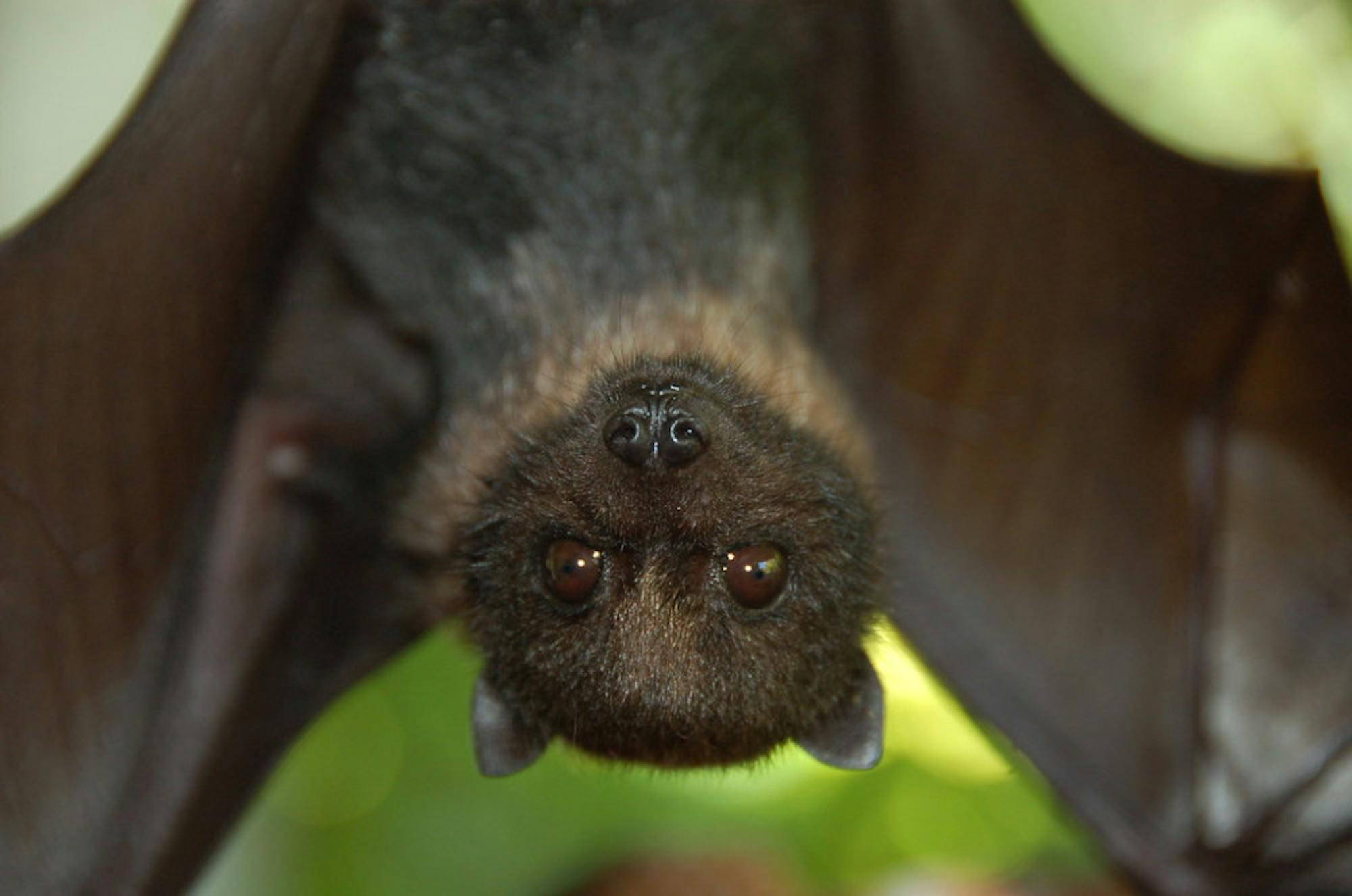FDA authorizes e-cigarette marketing for the first time
The U.S. Food and Drug Administrationgranted market authorization to an electronic cigarette company for the first time on Tuesday, approving certain products for sale in the United States. The FDAapproved three products from R.J. Reynolds Vapor Company’s brand, Vuse, in an effort to diminish the impacts of traditional cigarettes, whose carcinogenic properties contribute to an estimated 400,000 U.S. deaths each year. The FDA concluded that the reduced morbidity and mortality among smokers outweigh the risks that approving Vuse products poses to youth. Notably, 10% of high school students who use e-cigarettes said Vuse is their usual brand.
The FDA approved Vuse’s tobacco-flavored products, which are less appealing to youth than fruity and candy flavors, and rejected 10 of the company’s other flavors. The agency also imposed strict advertising limitations to curb the reach of the newly approved products to adolescents. Nonetheless, critics of the FDA’s decision cited gaps in this approach, such as the ability of Vuse’s advertisements to be reposted on YouTube and thus reach adolescent audiences. Similar appearances on YouTube occurred following Juul’s advertising campaign, which consequently led to the brand’s entry into teenage settings. Moving forward, the FDA hopes to reduce nicotine in traditional cigarettes to non-addictive levels to further lessen the risks of cancer among smokers.
— Mariel Priven
First malaria vaccine approved by WHO
A vaccine for malaria wasapproved for the first time by the World Health Organization last week. The vaccine, called Mosquirix and made by the British pharmaceutical company GSK, is monumental as the first approved vaccine against a parasitic disease. Malaria is most prevalent in sub-Saharan Africa, and experts say the vaccine could prevent up to 23,000 deaths per year in children under the age of five.
However, even as the vaccine gains endorsement, it is far from perfect; itreportedly has a moderate efficacy of 30% in severe malaria cases in children under the age of five and faces significant distribution challenges. The vaccine is given in four total doses spaced out over almost two years, which may be difficult to facilitate, and it will need approval by Gavi, the global vaccine alliance, to be more financially accessible to the countries that need it most. Regardless, the Mosquirix vaccine serves as a notable first step toward eliminating the threat of malaria.
—Cindy Zhang
WHO announces team to investigate origins of pandemic
The World Health Organizationreleased a list yesterday of 26 scientists that it will be recommending for its new Scientific Advisory Group for the Origins of Novel Pathogens Committee (SAGO). Though the group’s initial mission will be to pinpoint the origins of the COVID-19 pandemic, the WHO intends for SAGO to be a permanent body for investigating the source of any future pathogens. Most of the 26 suggested experts hail from different countries, including one from the United States and one from China.
The formation of the new group comes after heavily politicized debate about the nature of the pandemic’s origins. Earlier this year, the WHO released findings from a report claiming that a laboratory origin of the virus was “extremely unlikely,” and that the COVID-19 virus most likely emerged from an intermediate animal host. However, the March probe wascriticized for dismissing the “lab-leak” hypothesis too soon and for its heavy reliance on cooperation from the Chinese government, who has beenresistant to continued efforts to investigate the pandemic’s origins.
The WHO’s director, Tedros Adhanom Ghebreyesus, acknowledged the previous study’s limitations at the time. The new group will focus on a transparent scientific process and no hypothesis will be ruled out, WHO leaderswrote yesterday in a Science editorial.
—Alex Viveros
Bats call human toilets home
Researchers in Africa have found that bats tend to populate in pit latrines for shelter, warmth and protection against predators. A researcher at a camp in Tanzania firstobserved this when they were going to the bathroom and felt a bat’s wing against them, according to reports by The New York Times. To investigate this phenomenon, researchers surveyed camps in Madagascar, Kenya and Mauritius, and found thatbats made habitats in pit latrines — many of which were located in older toilets — which they reported in a recent study in the African Journal of Ecology. They concluded that bats gravitate towards damp places with minimal light, which is provided in sewer systems and pit latrines, and speculated that the bats use the toilets for refuge from other animals and humans. With urbanization slowly pushing many bat populations toward extinction, these furry creatures may be using pit latrines simply as a means to survive.
—Sophie Wax






